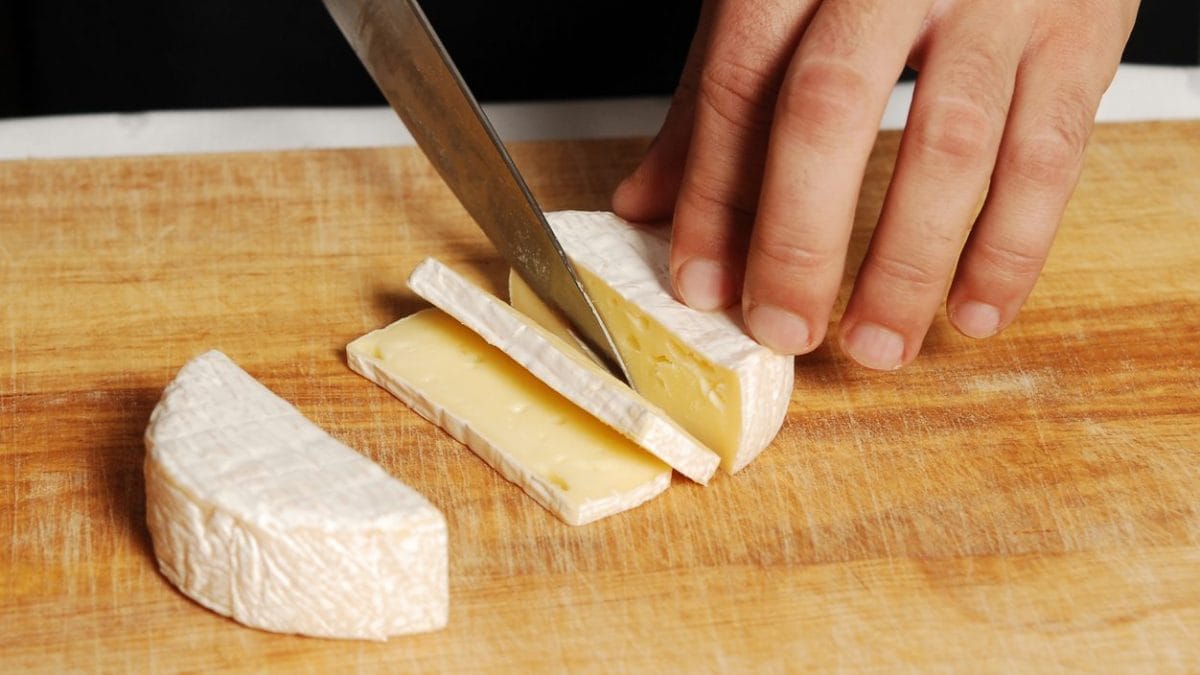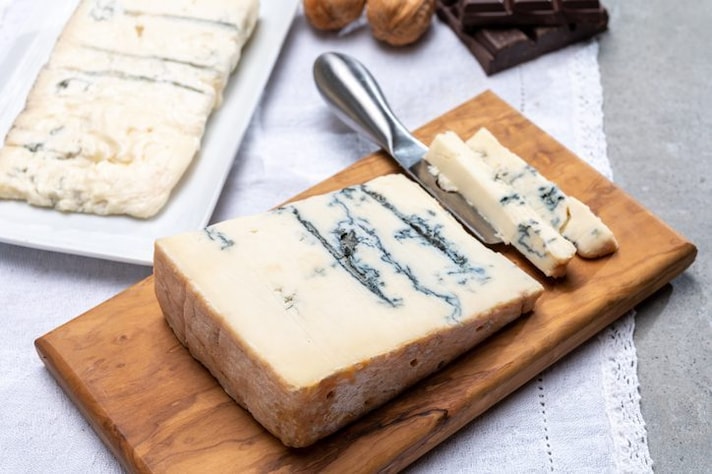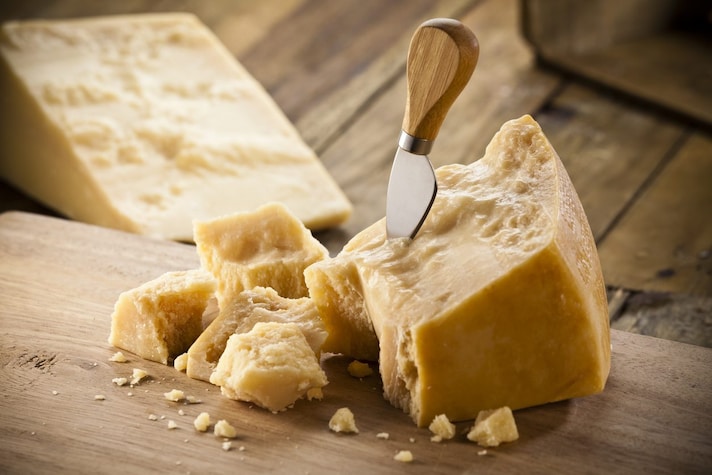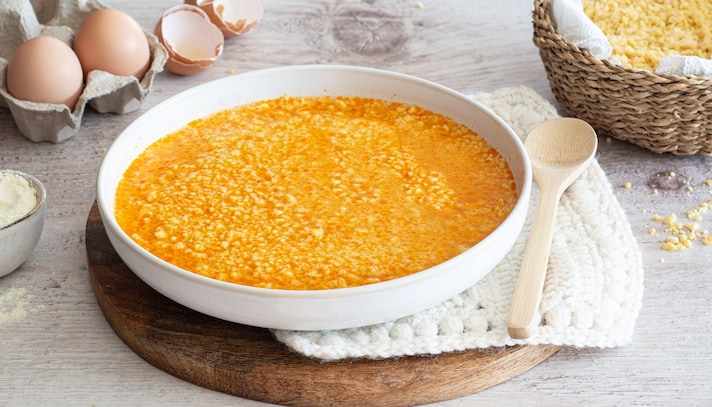
When talking about cheese, there is a doubt that very often does not arise at the time of purchase (where one thinks more about the seasoning, the provenance or the origin of the milk), but at the moment of consumption: should the rind be eaten or not? The answer, as often happens in cooking, is not univocal, but more complex. In this case, it depends on a combination of factors, such as the type of cheese, the production method, the conservation techniques and the taste.
The rinds are mainly differentiated by being natural (they can develop spontaneously or undergo treatments such as washing in brine and the addition of specific molds) and artificial, therefore seeing the presence of preservatives – natamycin and potassium sorbate – colorants – annatto and sulphite ammonium caramel – or waxy substances such as paraffin, like those used in Edam or Galbanino. The first ones can generally be eaten, but this is not always the case: in its specifications, Gorgonzola Dop prohibits eating the rind because it is subject to continuous contamination during processing, or it is better to eliminate the rinds of varieties wrapped in straw or clay (such as certain types of toma or pecorino), which are inedible materials.
When you buy a packaged cheese, the label is your compass: among the various pieces of information, it is common to find the words “edible rind/inedible rind”, as well as the additives present that must be explicitly stated by law. While if you buy it at the delicatessen counter, you can ask the clerk or directly to the producer at the market. It is very useful for washed rind cheeses, such as Taleggio Dop, which do not have univocal confirmations.
Which Cheeses Have Edible Rinds?
Here is an overview of cheeses that you can be sure of: in some cases, moreover, the external coating contributes to the complete taste experience of the product. The example par excellence is that of cheeses with a bloomy rind, such as Brie and Camembert, where the “good” molds specially selected during the maturation phase form the particular white rind covered in fluff that is eaten together with the pasta. It is therefore a natural shell that is also found in other varieties of cow and goat cheese, such as robiola, where the bloom can be barely noticeable, such as in that of Roccaverano Dop.

There is no doubt that you can fully exploit a stretched curd dairy product such as mozzarella and scamorza (including the smoked one) or the classic tomini to be grilled, where the thin layer of skin is edible. In blue cheeses, including Gorgonzola, the rind must be removed as a rule, but there are exceptions: in the French Roquefort (of sheep origin) and Bleu d'Auvergne (cow), the moist covering, depending on how it has been treated by the producer, may or may not be edible, therefore relying on the label.
The Grana Padano, Parmigiano Reggiano and Montasio consortia invite consumers not to waste even a small piece of cheese, including the rind: for hygiene reasons they recommend washing it and scraping the outside with a small knife or grater, especially if the casein plaque with the brand is present.

How to Use Cheese Rinds
Edible rinds can be used in many creative and tasty ways, becoming a versatile ingredient for numerous recipes: in the past, when cheeses were made at home or in small local dairies, the rind was a nutritious food in all respects, which enriched soups and broths in general. The hard rinds of aged cheeses are still perfect for being cut into pieces and cleaned of impurities, so that they release their flavor during cooking, or they are excellent in sauces and stews or in meatloaf doughs: in the latter case, leave them to soak in milk for 30 minutes to soften them, blend and incorporate into the base.

The peasant tradition also suggests grilling them, no longer on the embers, but on a griddle: melting they take on a very tasty consistency. You can get a similar result by toasting the rinds in the oven, then eating them as if they were chips or adding them to salads for an extra touch of crunchiness and they become super delicious fried, breaded or natural, to be brought to the table strictly hot. The bloomy rinds or the practically "invisible" ones of stretched curd cheeses are one with the inside, so use them without dividing them to make sauces, fondues and the most varied preparations, whether raw or cooked.
;Resize,width=767;)
